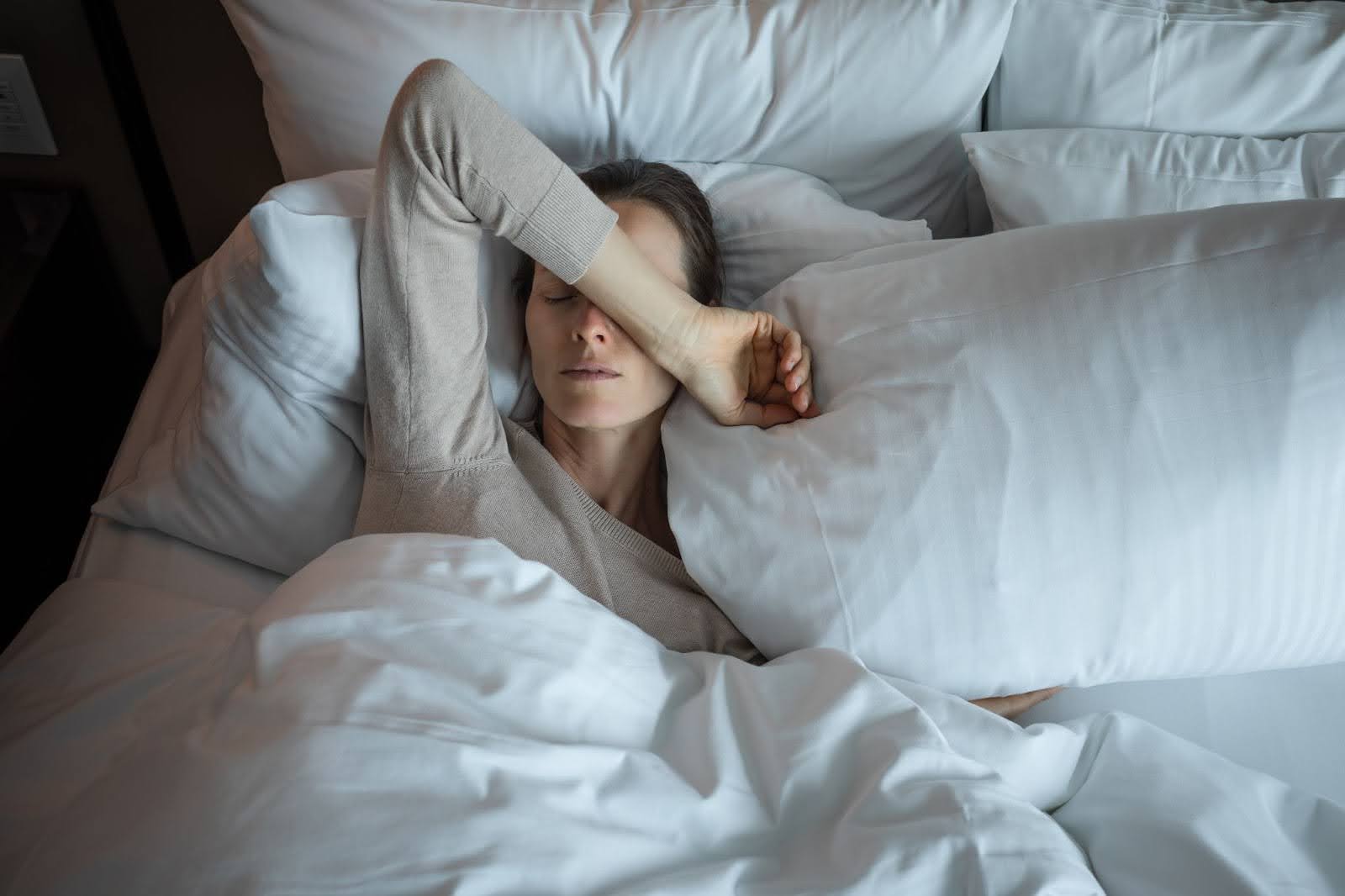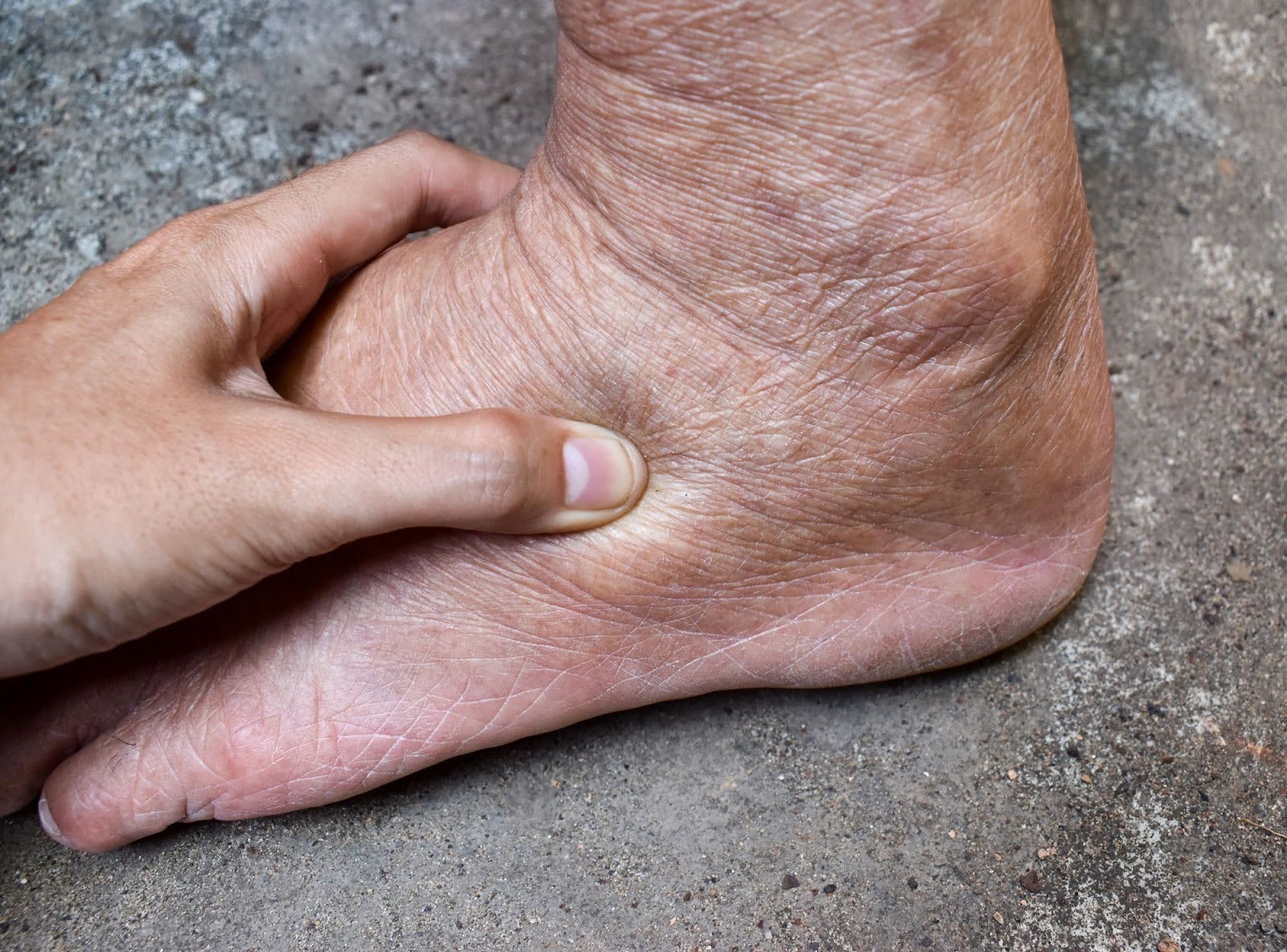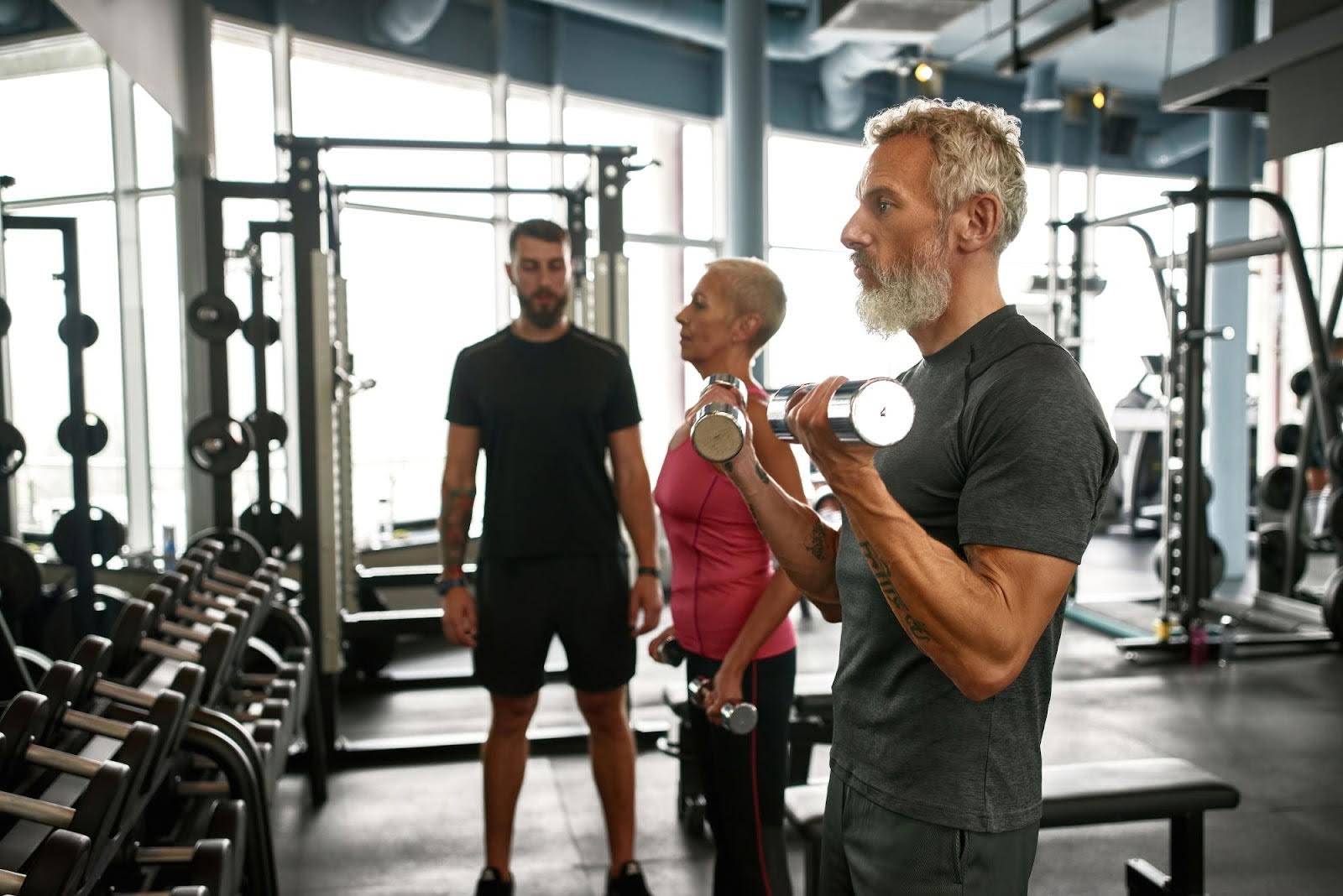Juvent Blog - Alternative Health and Wellness News
Finding the Balance Between Rest and Activity for Joint Pain
When living with joint pain, it can be difficult to stay active. Some days, even simple movements around the house can feel like a challenge. But did you know that regular physical activity is one of the most effective treatments for joint pain? Finding the right balance between rest and movement is crucial for relieving symptoms and improving joint health over time. Let’s explore why movement matters, how to approach activity when your joints hurt, and the best strategies to support long-term mobility.
Is Stretching Good for Your Joints?
Stretching is often touted as an essential part of any fitness routine, but is stretching good for joints? It is effective and offers numerous benefits, just with some caveats. Stretching is most beneficial when done correctly. It can help maintain flexibility, reduce stiffness, and improve joint function. However, incorrect or excessive stretching can put unnecessary strain on your joints and increase the risk of injury.
Preparing for Post-Menopause Both Mentally and Physically
Many people have watched their mothers, aunts, and other women in their lives go through menopause. As menopause draws to a close, women enter post-menopause, which can bring its own set of physical and emotional challenges. With the right tools, mindset, and support, you can thrive during this time and feel more in control of your body and well-being.
Is Gout Visible? Signs to Look For
Sudden and severe pain in the joints can rob you of mobility, making life harder to enjoy. When gout (a form of inflammatory arthritis) is the cause of this discomfort, it may come with visible swelling and redness—but is gout always visible? The reality is that gout doesn’t always come with obvious visual signs, especially in its early stages. We will help clarify the signs and symptoms of gout and teach you how to manage it effectively, so you can get back to doing the things you enjoy.
How Much Rest Time Should You Take Between Workouts?
When it comes to fitness, most of us focus on pushing harder, lifting heavier, or going longer. The most overlooked component of any training program is rest, which is just as critical as the workout itself. Rest allows your body to rebuild, recharge, and get stronger. Without it, you risk burnout, injury, and stalled progress. So, how much rest between workouts is necessary? The answer depends on your activity type, goals, and personal recovery rate. Here’s how to find the right balance.
Having Trouble Sleeping? Try These Six Things Before Bed
Getting quality sleep isn’t just about feeling rested; it’s essential for mental clarity, emotional well-being, physical recovery, and long-term health. Unfortunately, many people struggle to fall or stay asleep at night. If you find yourself tossing and turning, you’re not alone! We’ve put together several things to help you sleep, so you can reclaim restful nights.
Who Is Prone to Edema and Why?
The buildup of excess fluid in the body’s tissues, which leads to swelling, is a condition known as edema. While it can affect anyone, certain individuals are more prone to developing edema due to specific health conditions, lifestyle factors, or genetic predispositions. Understanding the risk factors of edema and how to manage it can help individuals maintain better overall health and prevent complications.
Understanding the Different Risks for Indoor and Outdoor Sports
Sports keep us active, allow us to socialize, and, for those with a competitive spirit, provide a chance to best others. Engaging in sports is an excellent way to stay active, build strength, and improve overall well-being. However, whether you play indoors or outdoors, each environment presents unique risks. Awareness of these risks can help athletes take preventative measures to stay safe while maximizing performance.
What Are the Most Common Post-Menopause Symptoms?
The human body goes through phases and transitions marked by increases and decreases in the activity of certain hormones. Menopause is one of those stages. Estrogen decreases and eventually leads to a significant milestone in a woman’s life: the end of menstruation. Once menopause has passed and a woman has gone a full year without a period, she is considered post-menopausal.
How Does Exercise Change as We Age?
At every stage of life, exercise is essential for physical and mental well-being. How we move and train should evolve as we age. Factors such as metabolism, muscle mass, flexibility, and how our heart rate responds all shift over time. This influences how we approach physical activity. When you understand how age impacts your body’s response to exercise and its abilities, you can maintain fitness, prevent injury, and support long-term health.
Exercise and Gout: Staying Active Without Aggravating Symptoms
The inflammatory flare-ups that occur for those with gout can cause pain that makes movement uncomfortable—even walking around the house. Regular exercise is a necessary measure for overall health and joint function, but the challenge for those with gout is finding the right balance. Staying active without exacerbating symptoms is possible with the proper knowledge. We’ll answer how exercise can help gout and highlight, which types of exercise are best for those with the condition.
Supplements for Joint Health: What Works and What Doesn’t
When your joints aren’t healthy, your mobility, comfort, and lifestyle are negatively affected. It makes simple tasks like going to the grocery store a major effort and keeps you from enjoying yourself. As people search for ways to support their joints, many turn to supplements. But with so many options available, you may wonder if there are any joint supplements that actually work.












